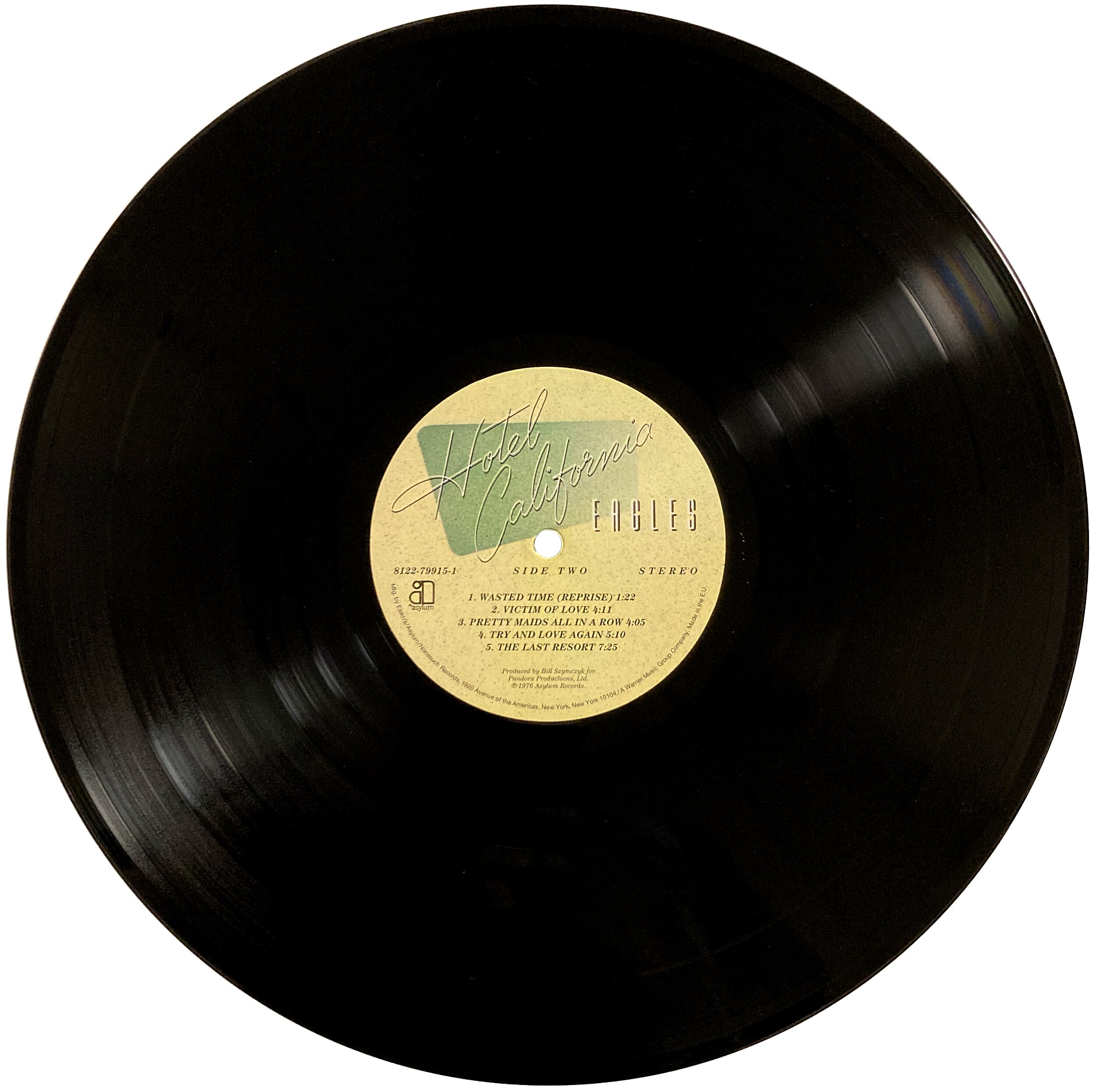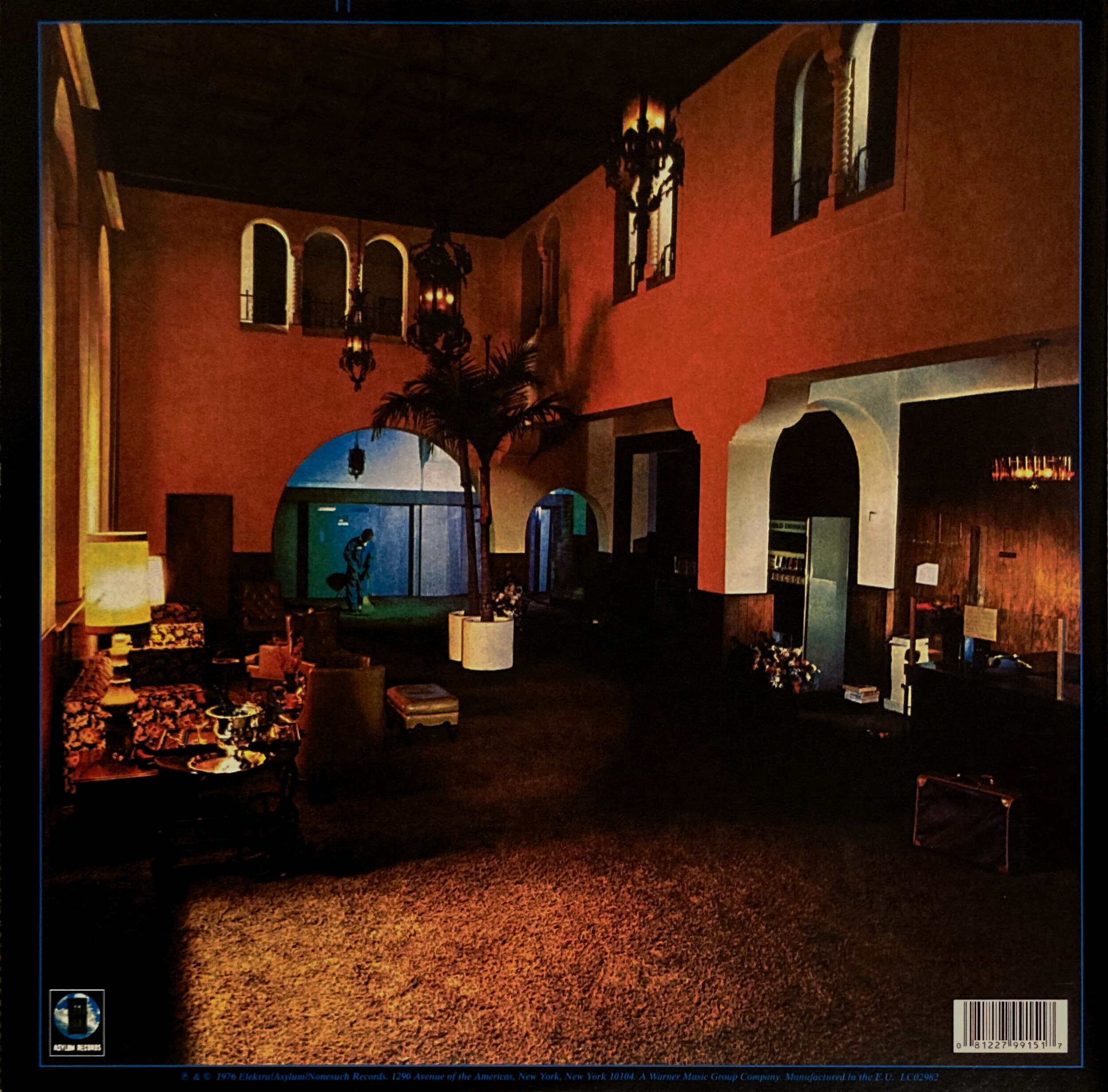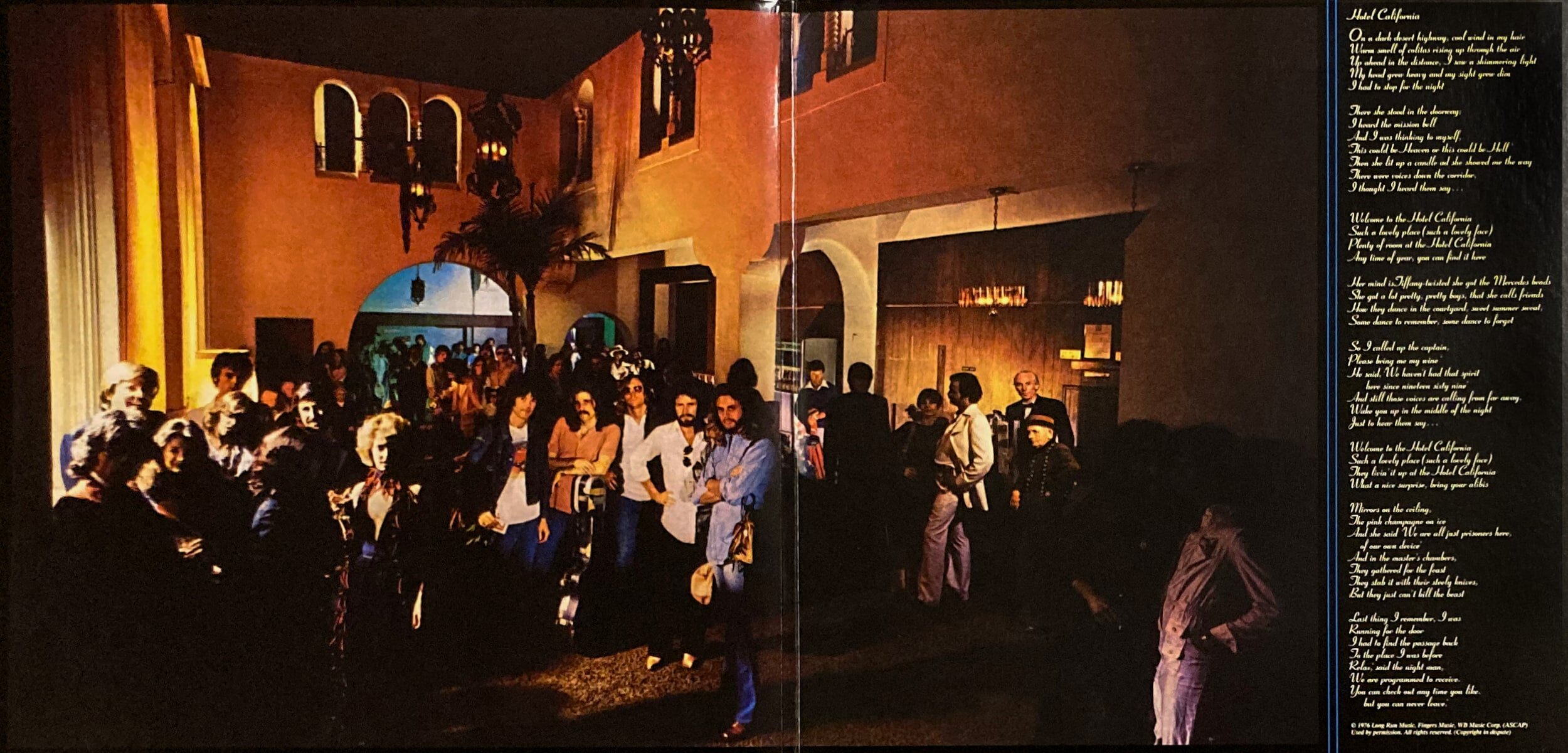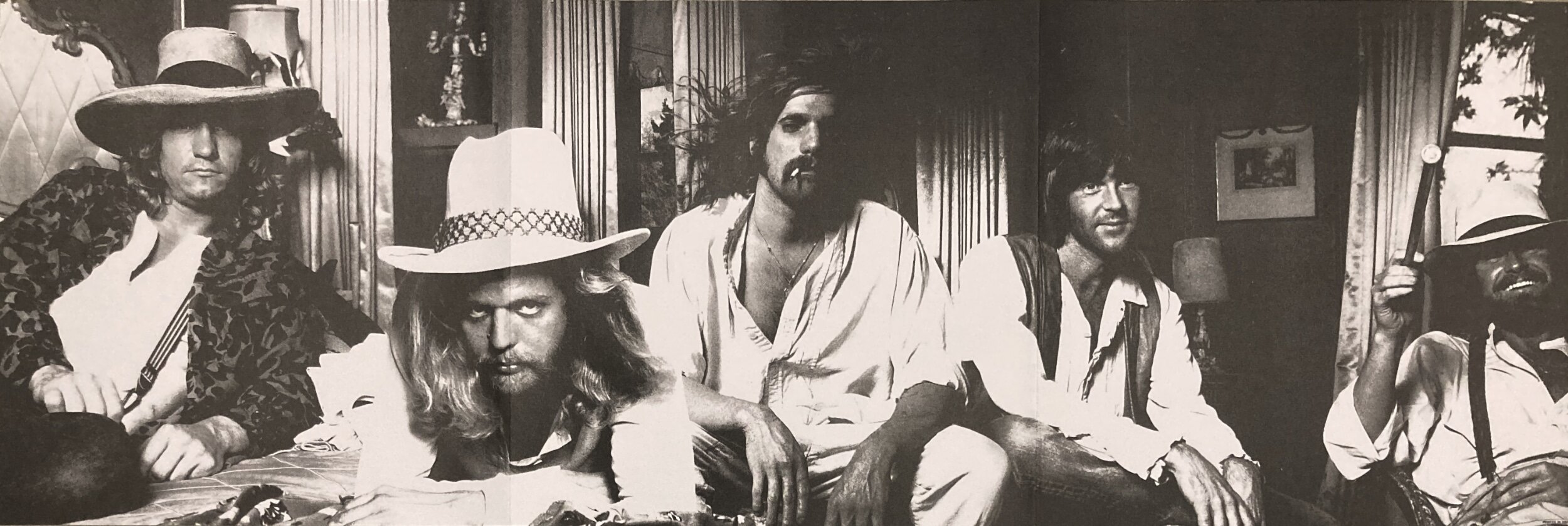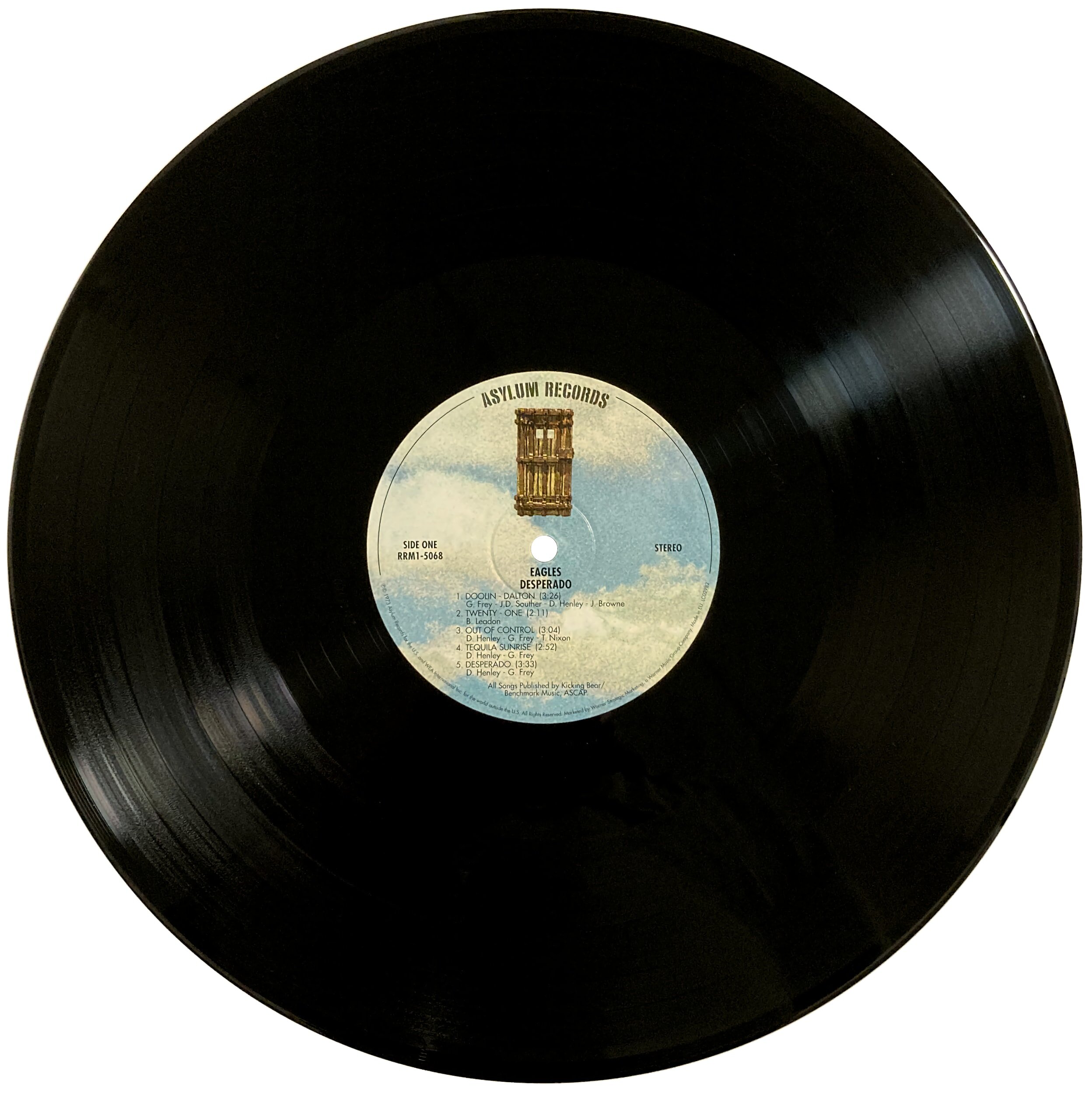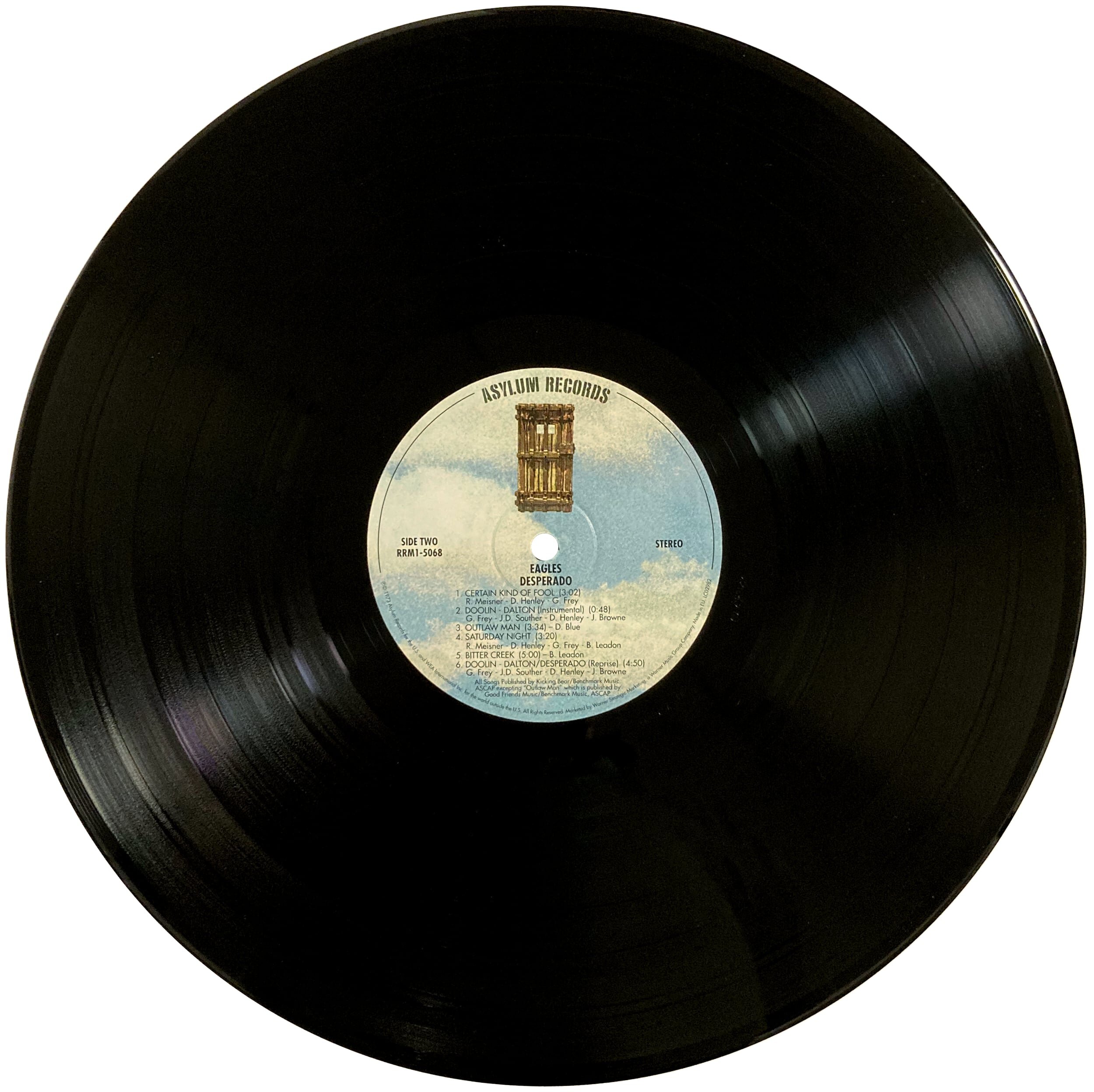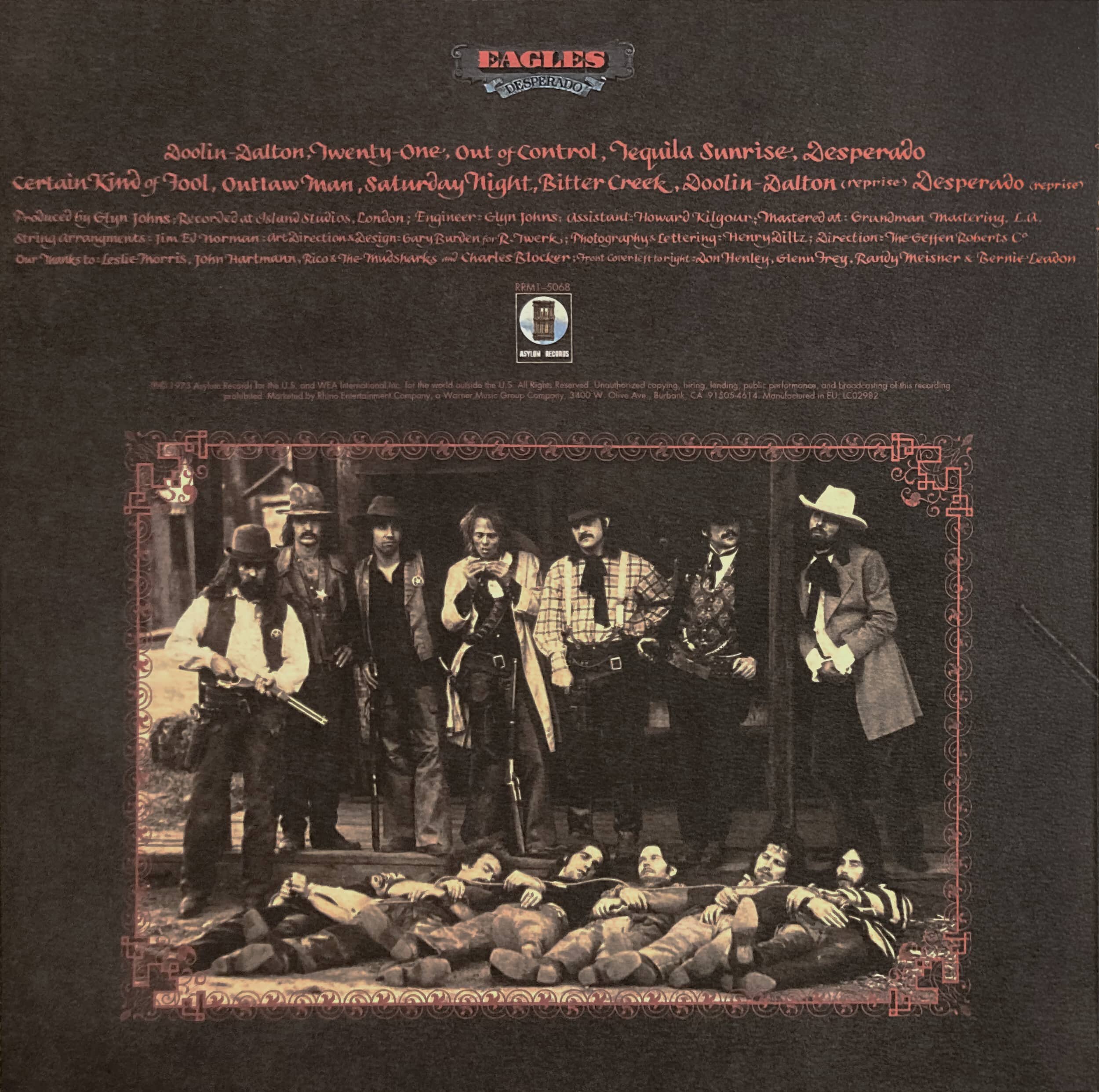Before Alice was Alice Cooper he was Vincent Furnier; a young man with a dream of making it big in the music industry. While we know how that story progressed, the earliest recordings of Alice Cooper, both the man and the band, are often overlooked for these recordings don’t fall under the Alice Cooper moniker. Then known as the Spiders, the band entered the studio in 1966 to record Don’t Blow Your Mind; an original (Dennis) Dunaway/Furnier tune that made its way, rightly so, to number one on a local Top Forty radio station¹ in Phoenix, Arizona.
While the EP Why Don't You Love Me / Hitch Hike / Don't Blow Your Mind, from 1998, offers an admirable facsimile of this original recording, from a sonic perspective, disappointingly the B-side to Don’t Blow Your Mind, No Price Tag, is omitted from this release. Arguably, No Price Tag isn’t the greatest song in the world, and is the poorest from these early recordings, but it is a strange omission nonetheless. The likely reason for its absence is that only 500 copies of the original single were ever pressed and being released over five decades ago, it gets more challenging to track down high-quality original pressings, stampers, and tapes.
Nevertheless, what makes this release so unique is that the pre-Alice Cooper sound was akin to other bands of the era. A Beatles' influence can certainly be heard, as can The Rolling Stones, but when you listen to these early recordings the band sounds nothing like they do on Pretties For You or Easy Action. Some may even suggest that the Spiders sounded far better on these early recordings than on their first couple of albums and I’d have to agree with them. Yes, the Spiders were much more imitators than trendsetters, so the music they performed during this period should be viewed through a lens of influence and mimicry; an act that Cooper himself acknowledges, declaring that had he not had the Beatles or the Stones to mimic, his music career would never have happened².
Of course, the band would branch out into their experimental psychedelic hard rock style and never really return to the style heard in these early recordings. Disappointing from one perspective because these early tunes are compelling but it’s fair to suggest that the band would have gotten swallowed up amongst the other similar bands of the era should they have stayed on that trajectory. Plus, and most importantly, we would have never gotten the incredible music, from Alice Cooper, if their style hadn’t changed.
Why Don’t You Love Me is a cover of the Blackwells 1965 tune and The Spiders nailed it with a more rock and roll feel than the original. Furnier’s vocal is also stronger with a gruff edginess that we’d become increasingly familiar with from Love It To Death onwards. A great energetic opener.
Hitch Hike, similarly, is a cover of, believe it or not, Marvin Gaye’s 1962 single. Gaye’s has a solid rhythm and blues groove and as much as I like the original, I’ve gotta say that the Spiders took it, rocked it up, and made it their own with a guitar twang perfectly played and tuned thereby taking the song to another level. Yes, the Spiders’ rendition is in the same vein as The Rolling Stones’ recording from Out Of Our Heads but I still find the Spiders’ recording to be the best version of this classic tune.
Don’t Blow Your Mind is indicative of the era and is an incredible Dunaway/Furnier original composition. Yes, I may have suggested that had they continued on this sonic path they would have been overlooked due to a plethora of similar bands, but Don’t Blow Your Mind is catchy, with a solid hook, that proves that they were destined for stardom.
Why Don’t You Love Me (Instrumental) is a great closer to have on this release and if you’re like me, and have the EP on repeat, you’ll find it incredibly rewarding to listen to time and time again as it’s short, to the point, but a wonderful exploration in what could have been.
Why Don't You Love Me / Hitch Hike / Don't Blow Your Mind is a killer EP that I put on par with The Rolling Stones’ Self-Titled EP; a must-own for any music lover’s collection of early band recordings that predate their greatest creative achievements.








